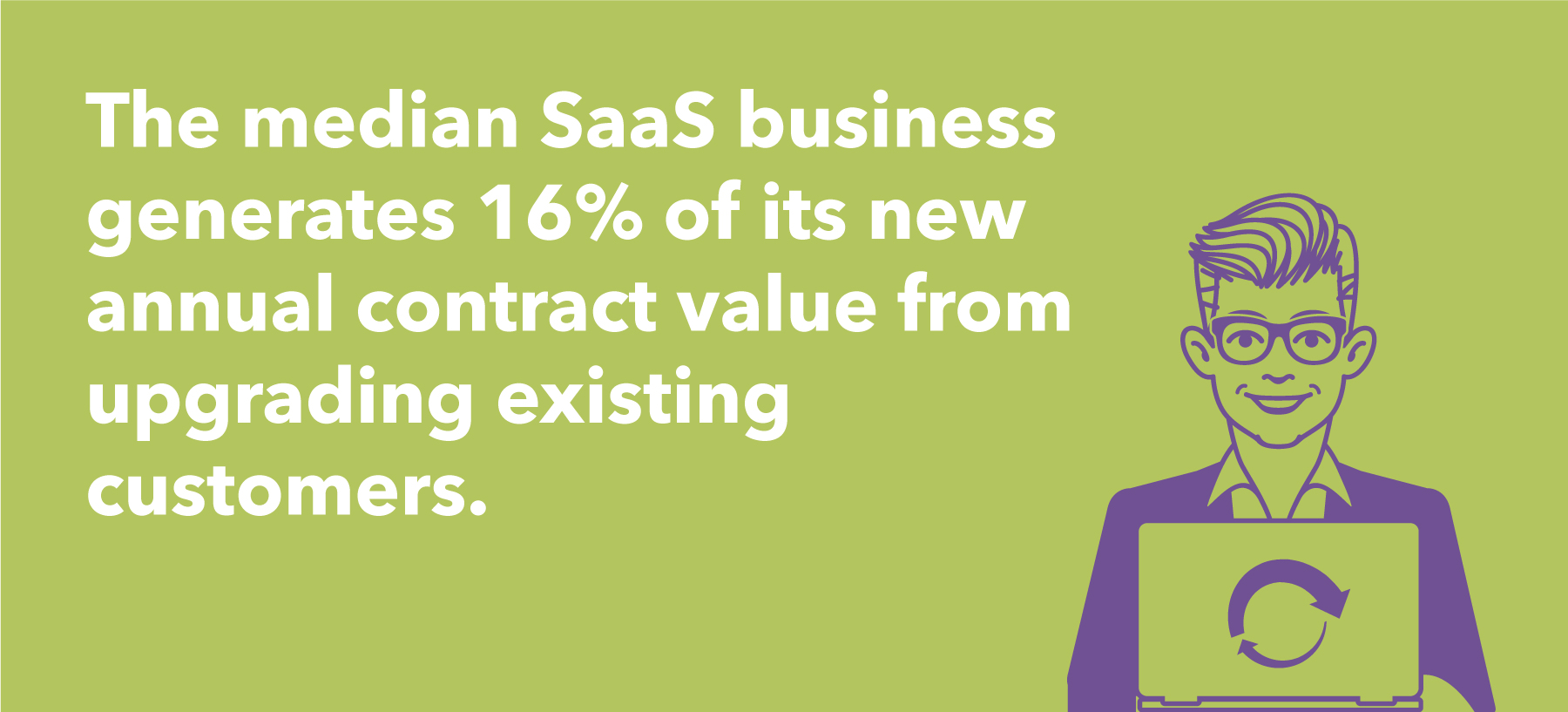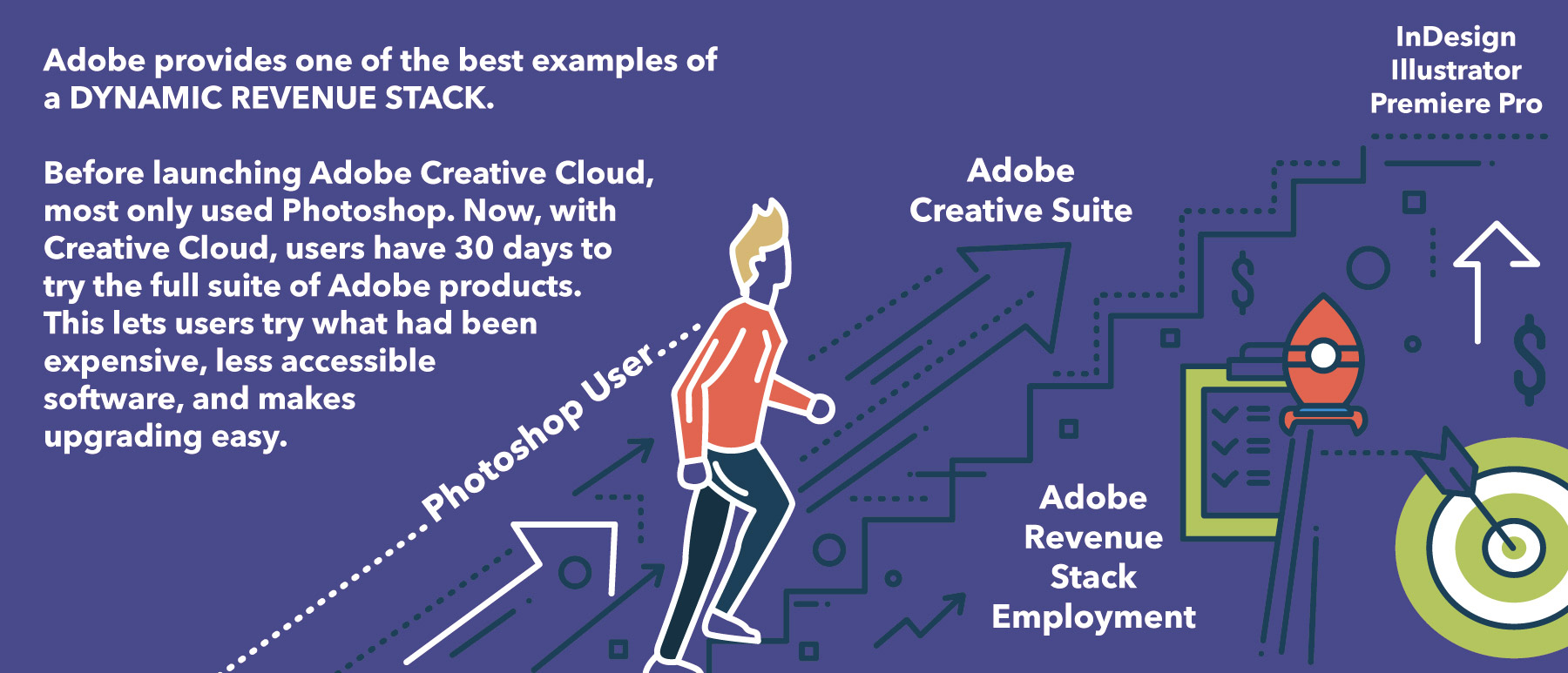Finding and converting B2B customers for SaaS products is incredibly challenging. Not only do you have to find the right kind of buyer, you also have to find them at the right time when they are most open to considering your service and then convince them your offer is the best one.
With so many competing priorities for growth and customer acquisition costs being high, I wanted to dig deeper into why some B2B SaaS companies scale faster than others. One key metric that was higher in top B2B SaaS organizations compared to the rest: Average Contract Value (ACV).
With high acquisition costs, it makes sense that expanding revenue from your existing customers yields a high return. The two main paths to increasing your average contract value is convincing clients to upgrade their plan or add an additional service to their package. The benefits for your revenue growth are clear:

[pardot-form width="580" height="180" id="10452" title="Blog Form (Single field): Revenue and Payment Stacks"]
Successfully upgrading customers and adding products to their bundle is not a one size fits all model and requires the right tools and strategy. The added value to your customers' needs to be clear and immediate to justify the extra cost.
What does this look like? The Adobe Story

While most just still stick with Photoshop, users also have 30 days to play around with the full suite of Adobe products to see the value they can provide. If they do want to keep additional services, upgrading is easy.
The major advantage of this approach is that users were already signed up for one version and Adobe was able to show them additional value they could access for an increased monthly fee. This was possible without the risk of losing the revenue they had already signed up. This is powerful from both a consumer and business standpoint because it allows both to tap into more value.
The advantage of a revenue stack is that it allows users to control their own subscription through a portal. Changes and access to a different tier or added seats is immediate and proration is available for changes made between payment periods.
Another strategy that revenue stacks can enable to encourage customers to upgrade is to give them a taste of what to expect in a higher tier or with another product bundled in. Since they are already signed up, you can easily set them up for a limited time trial.
Many also leverage the expertise of resellers, MSPs, and VARs to help with customer acquisition and customer success. They often have great insights on how to find and convert B2B customers and can tailor your solution to ensure ongoing customer success. But you need to be able to empower them.
This is another aspect that a revenue stack can help with. It allows upgrades, additional seats or other products to be easily added. Integrations with your CRM and portal solutions can make this process seamless for your partners to power clients through the process. At the end of it, your payments and payouts to your partners are automated.
Optimized revenue stacks can track and pay out on a number of partner actions from lead generation to activation or renewals. Extensive reporting features mean that you can easily gauge the progress of your business strategy and the effectiveness of partners.
Success is more than just capturing the initial sale. What Adobe created was a System as a Service, which gave their customers the knowledge and ability to explore and add other products painlessly, in addition to capturing the sale. Essentially, it gave the customer more value than they were initially seeking. This is what great B2B SaaS organizations do.
And this process is made possible by engineering an optimized revenue stack that makes capturing this additional interest possible.
[pardot-form width="600" height="280" id="10450" title="Blog Form: Revenue and Payment Stacks"]